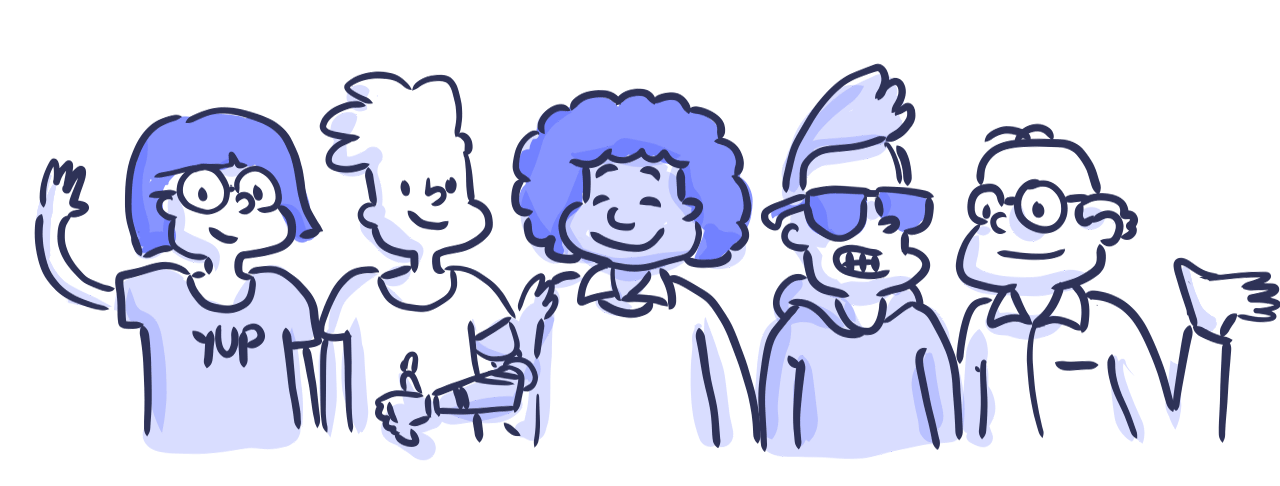Designing for accessibility is not that hard

Pablo Stanley
Sunday, 8 March, 2020

Inclusive design is a design process (not restricted to interfaces or technologies) in which a product, service or environment is optimised for a specific user with specific needs. Usually, this user is an extreme user, meaning that this user has specific needs that are sometimes overseen with other design processes. - Wiki.
When it comes to web accessibility, Tim Berners-Lee has rightfully coined
The power of the Web is in its universality. Access by everyone regardless of disability is an essential aspect.
Accessibility is a practise which focus on vast topics from "visual", "hearing", "mobility" to "cognitive" impairments.
In this article, Pablo writes about seven easy-to-implement guidelines to design a more accessible web. He focuses on designing digital content and applications that can be used by a wide range of people, including individuals who have visual, motor, auditory, speech, or cognitive disabilities.
The article is from the archive (dated 2018) and talks about level AA of the Web Content Accessibility Guidelines (WCAG 2.0) and latest being Web Content Accessibility Guidelines (WCAG 2.1). The important point here is the basics of achieving accessibility still remains relevant today.
Pablo has depicted seven guidelines in nicely illustrated visuals which leaves an impact on you. He rightfully points towards accessibility in design from the core or scratch do not cost anything to an organisation. Similarly, making a design accessible in the later stage could attract cost and efforts.
In the conclusion, author highlights that "Designing for accessibility is something that he still is trying to improve and practicing what he preach".
He also points that as designer we tend to give less importance towards inclusive design.
As designers, it is our responsibility to champion accessibility. With it, we make technology usable to all people regardless of their abilities, economic situation, age, education, or geographic location.
You can find Authors Profile: https://uxdesign.cc/@pablostanley
Read the full article below:
#Accessibility #AccessbyDesign #InclusiveDesign #UXChallenge #DesignSystemStartup




